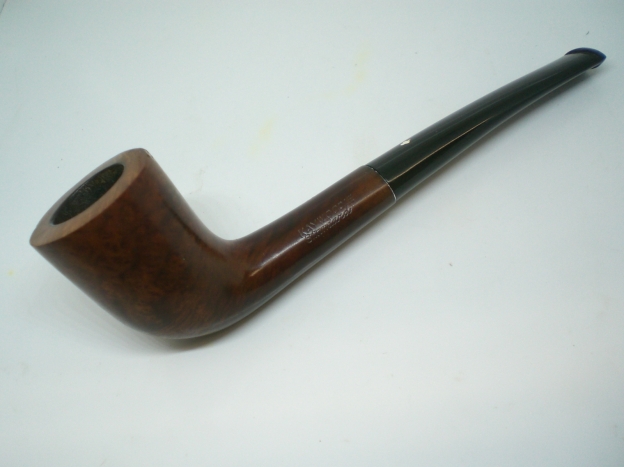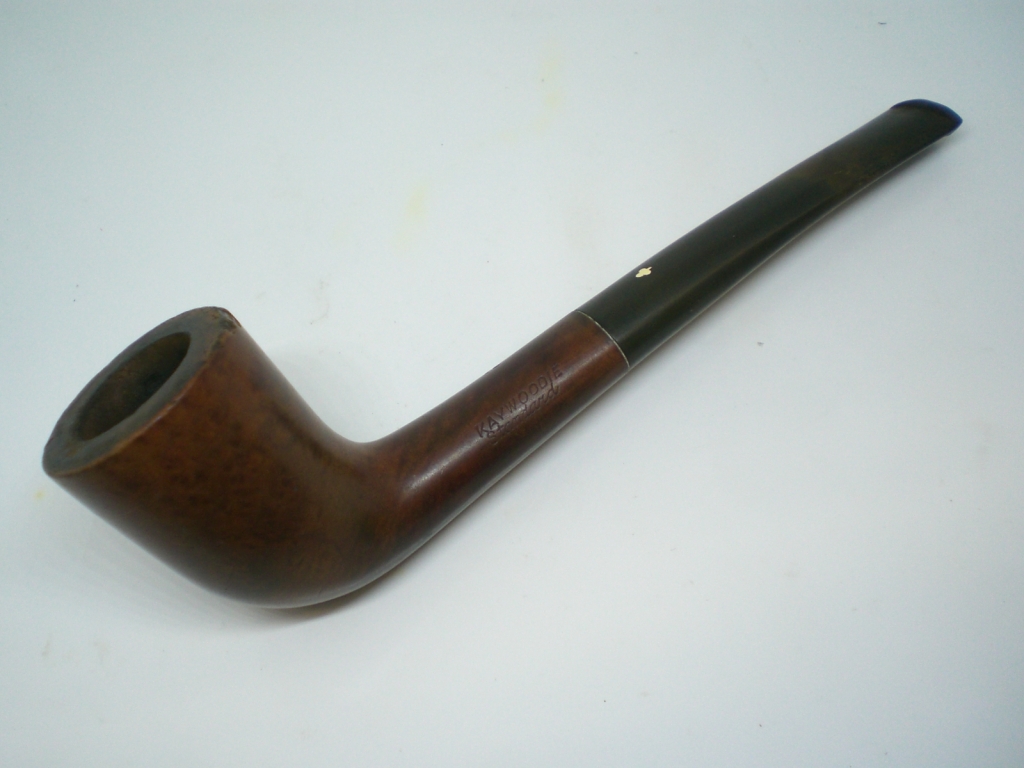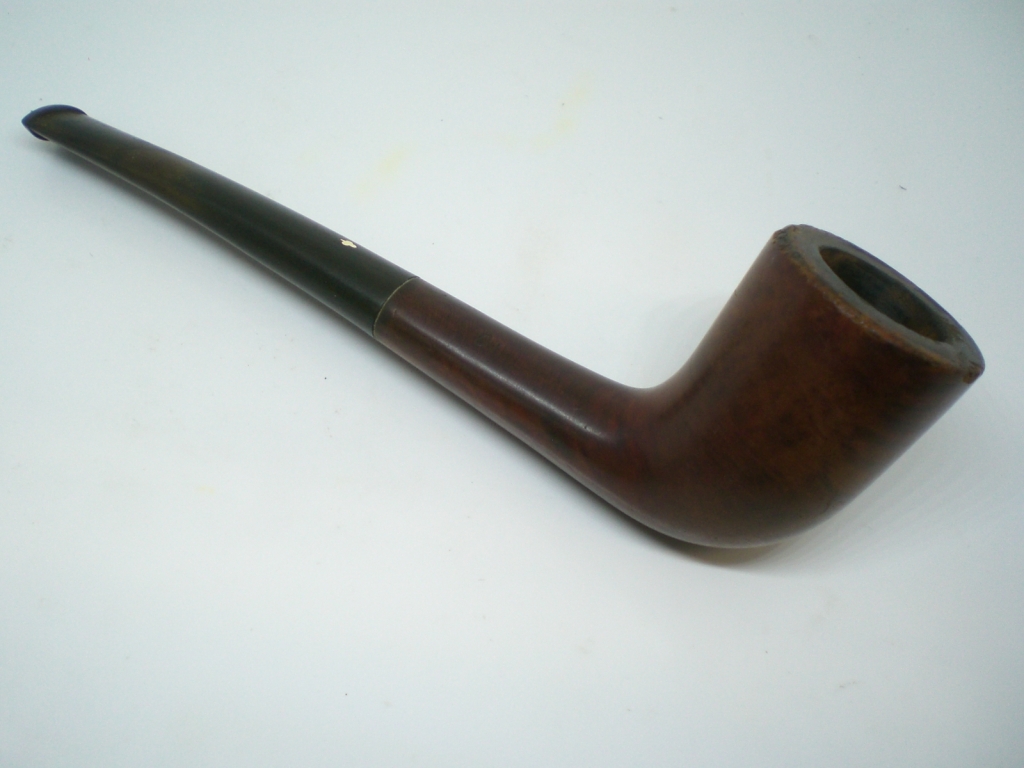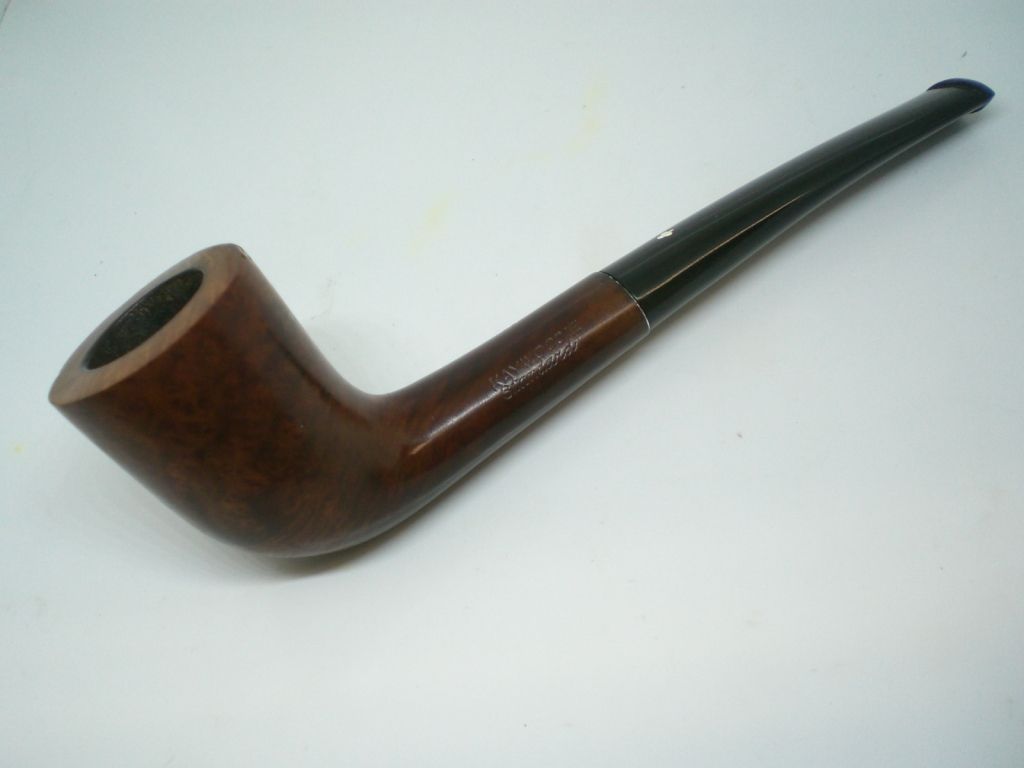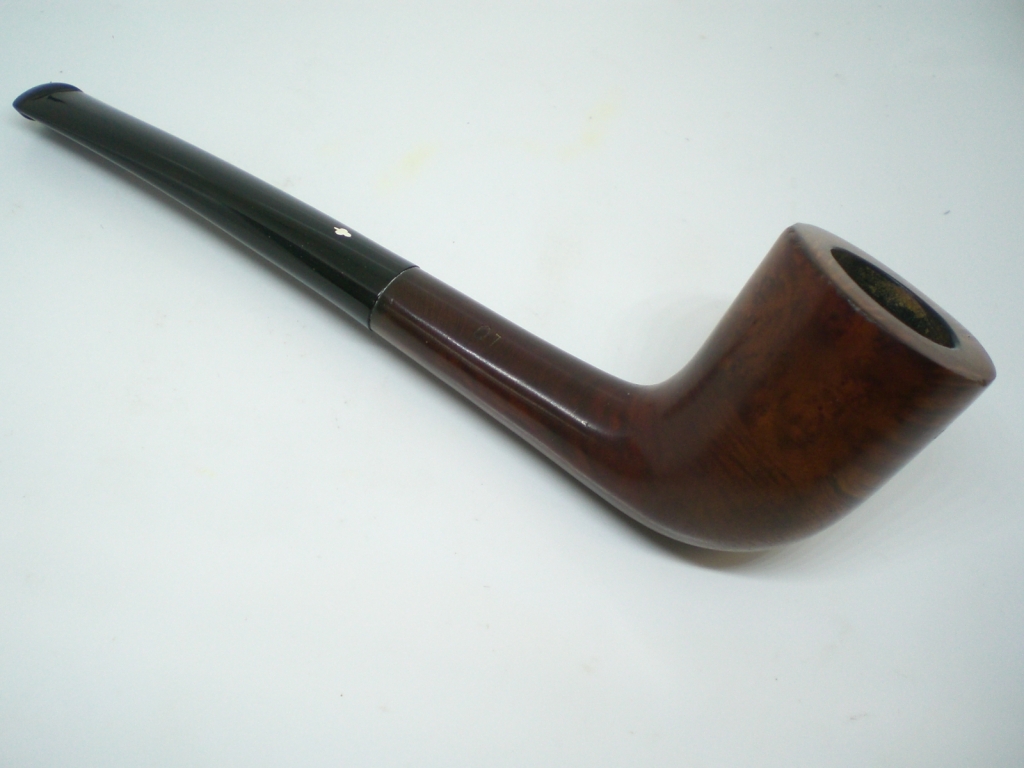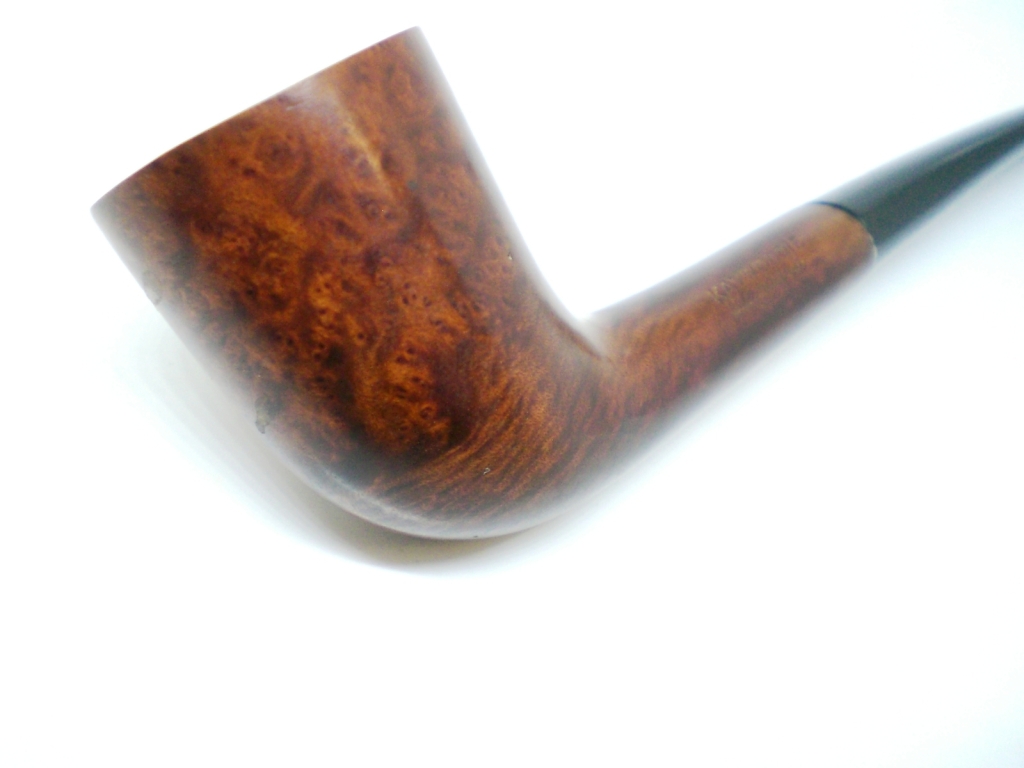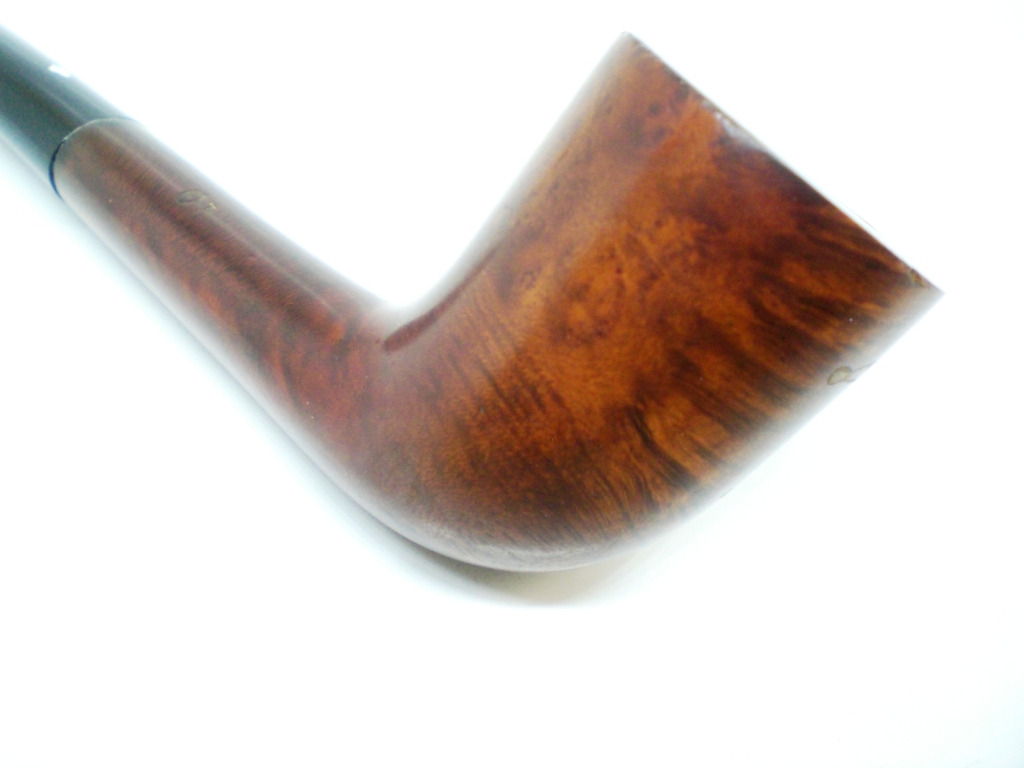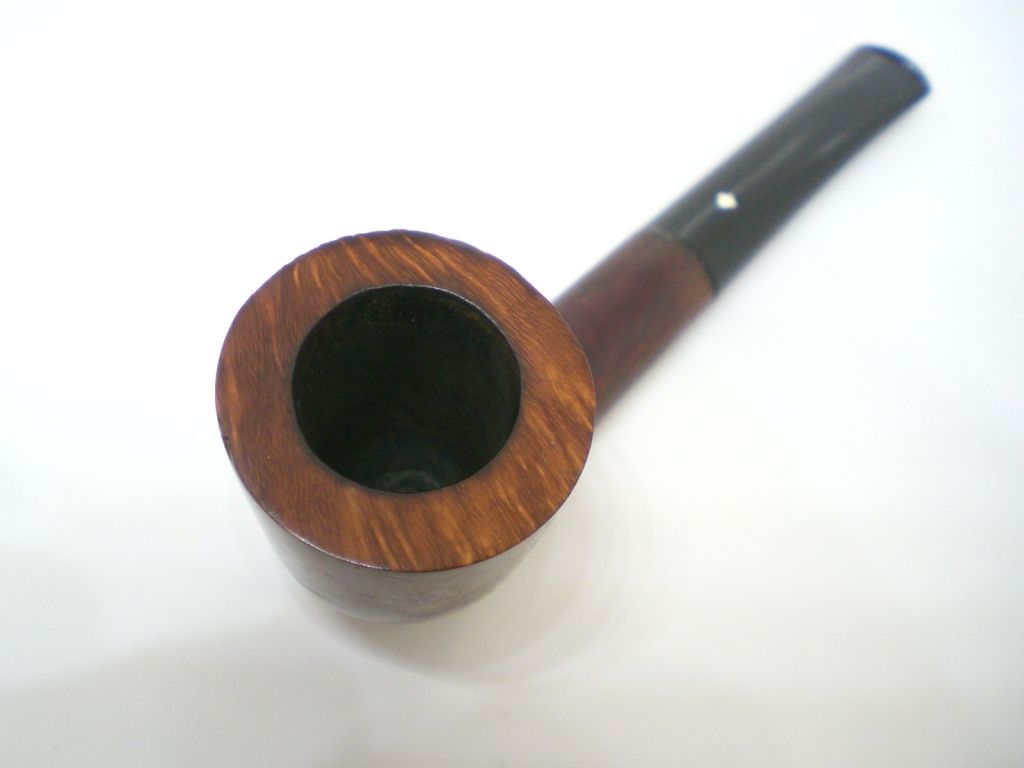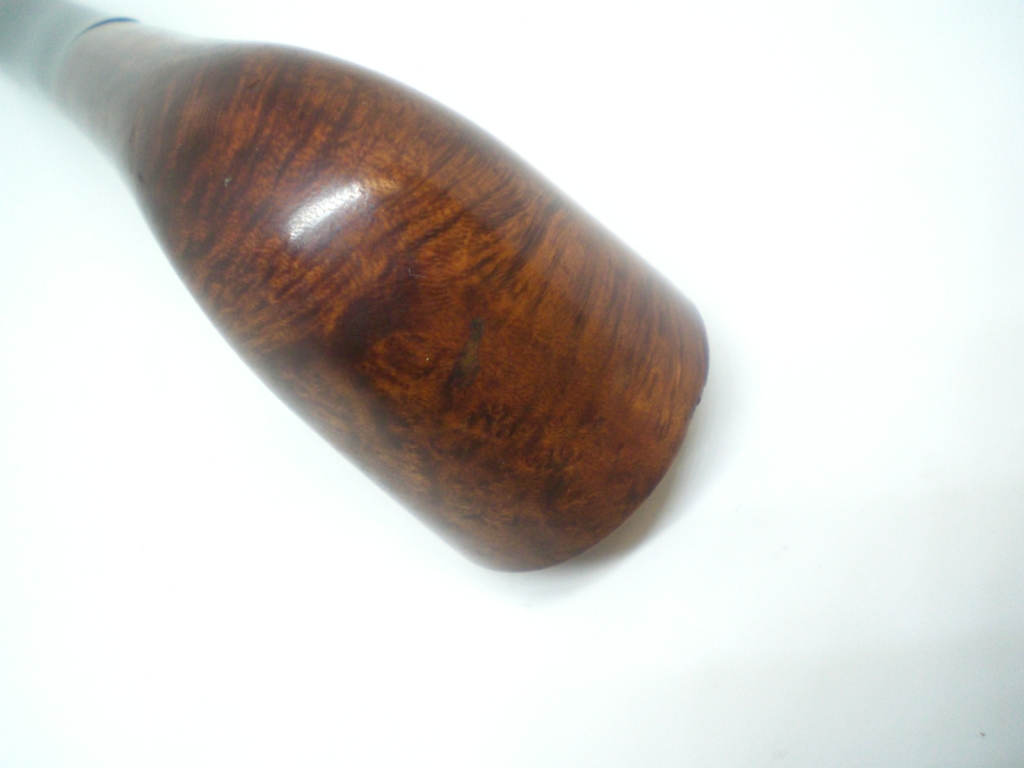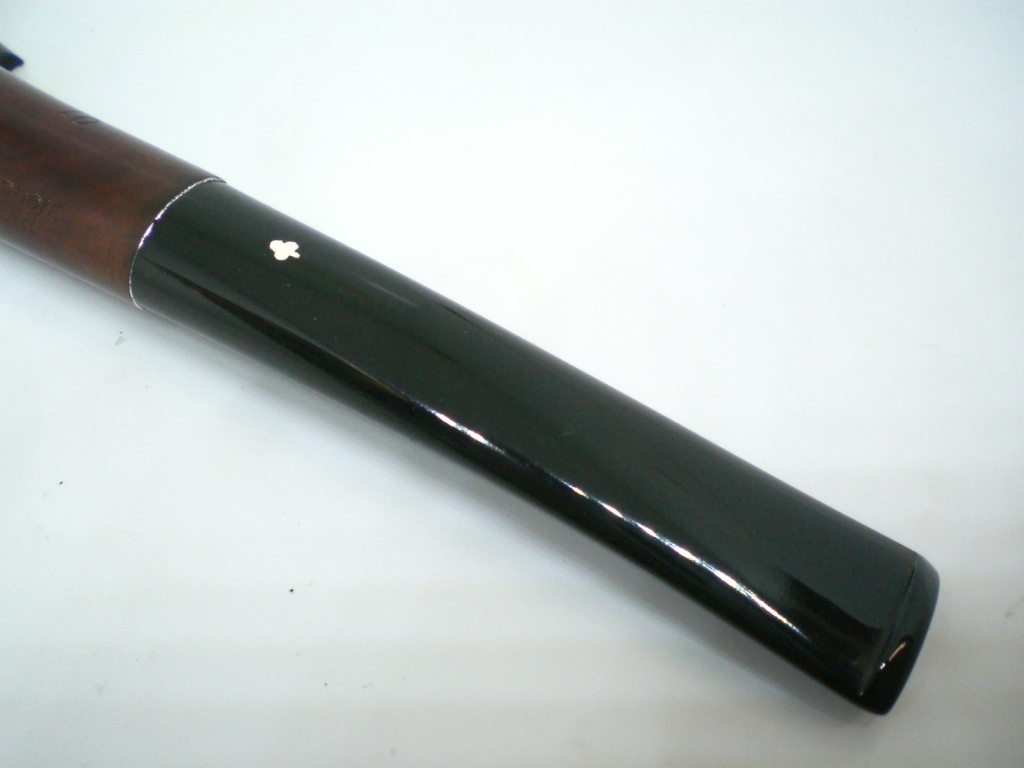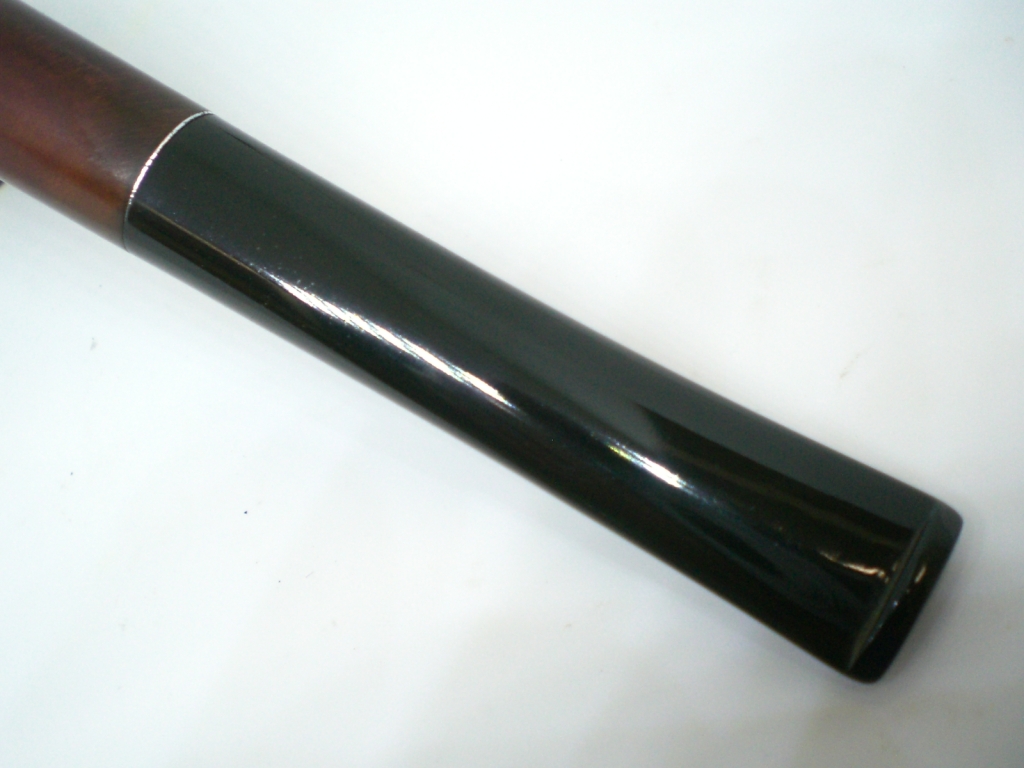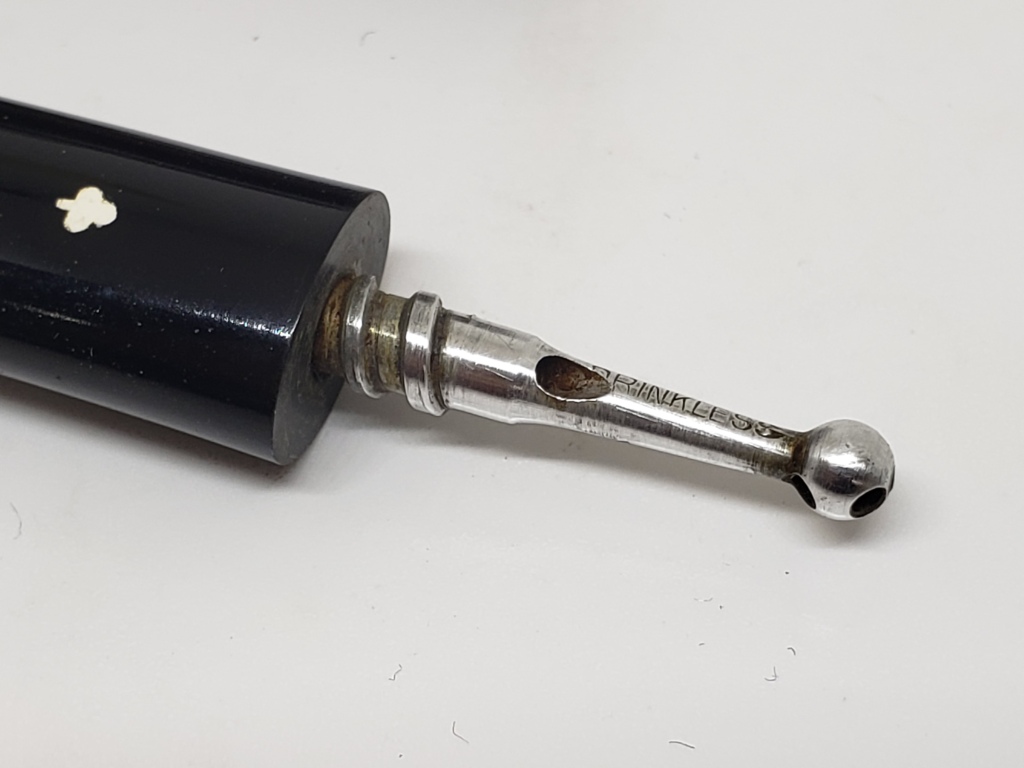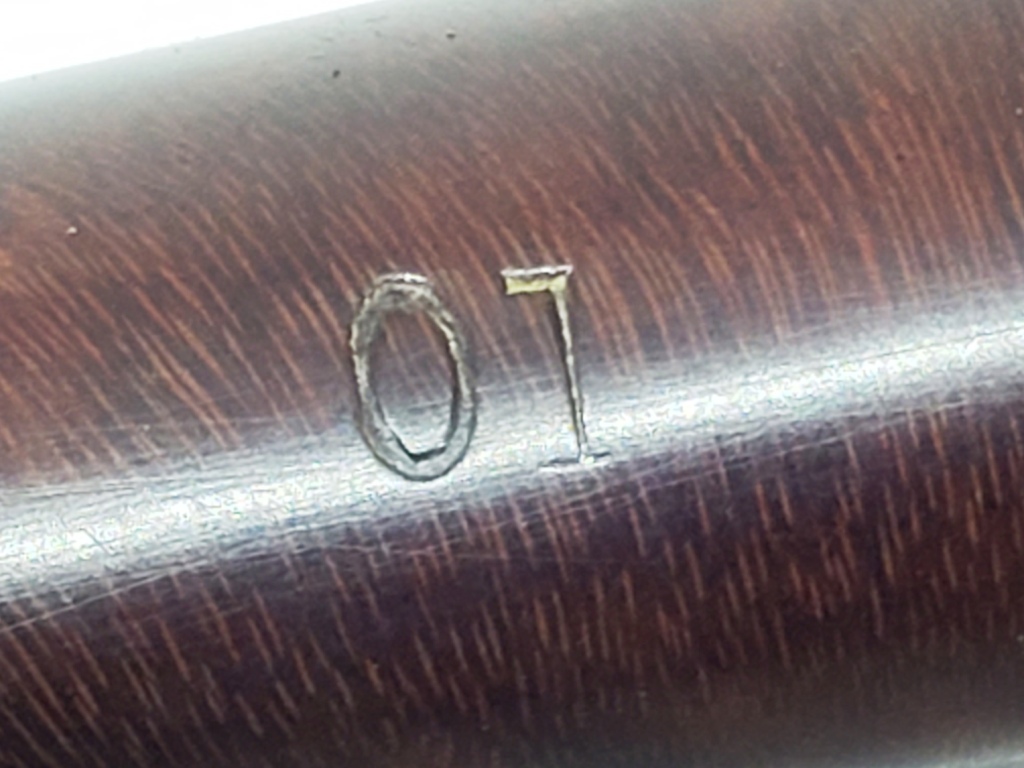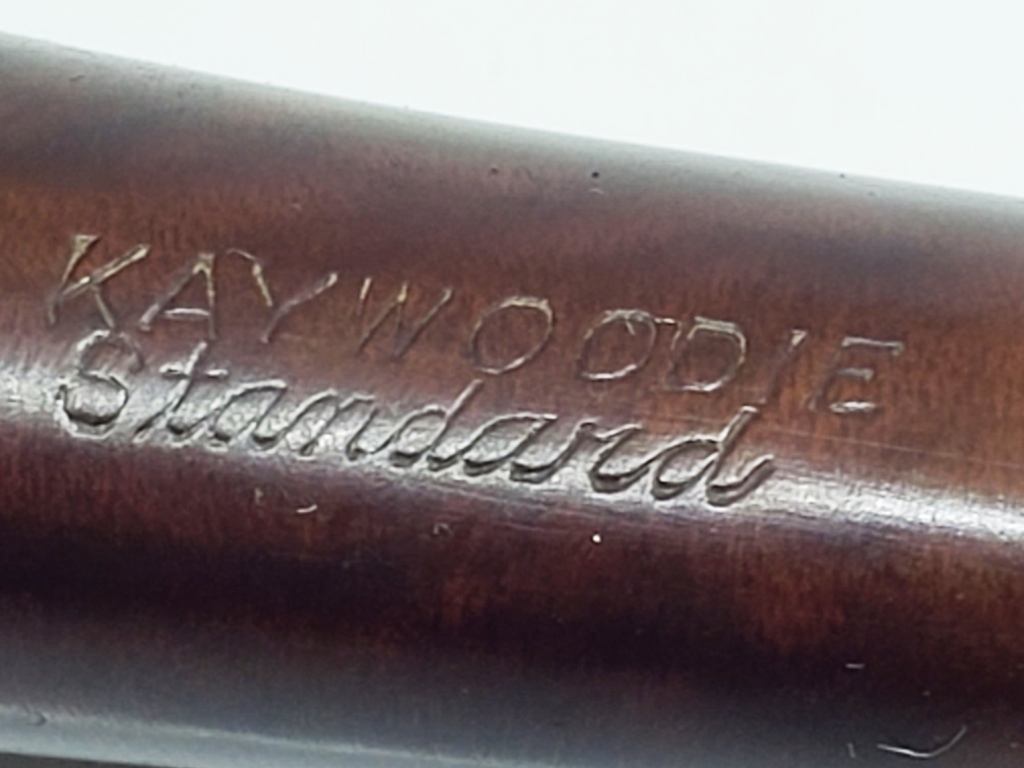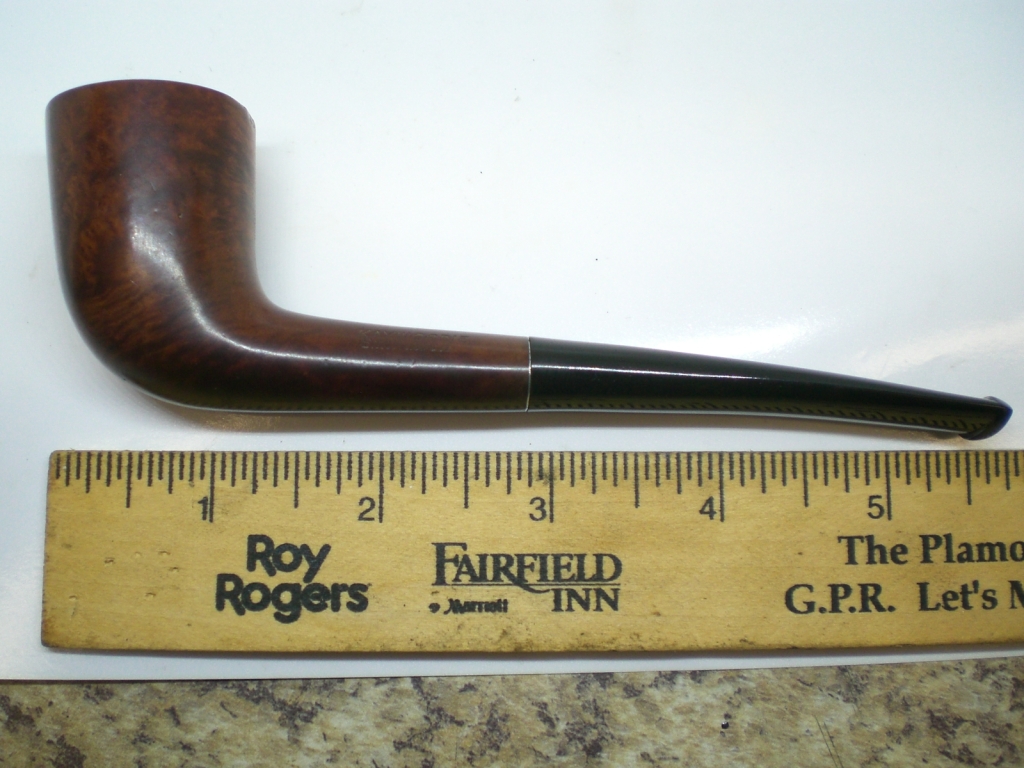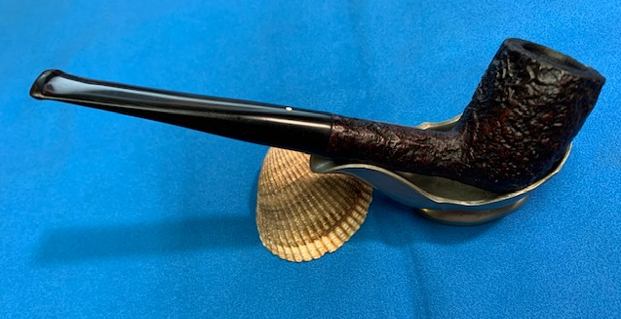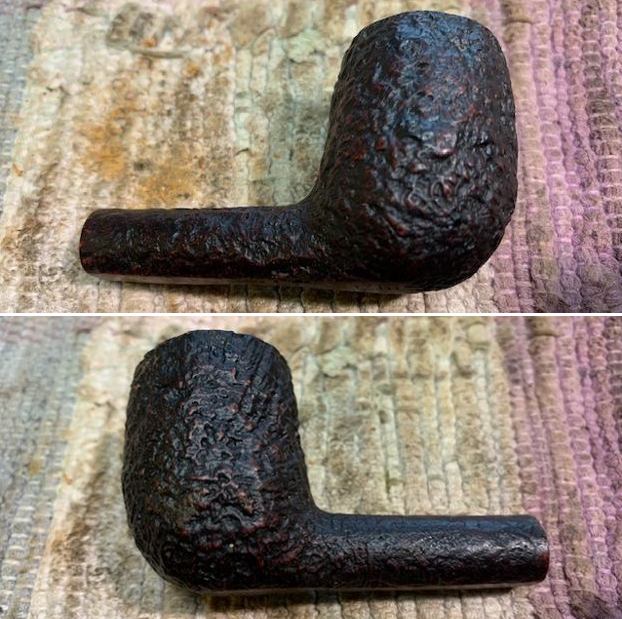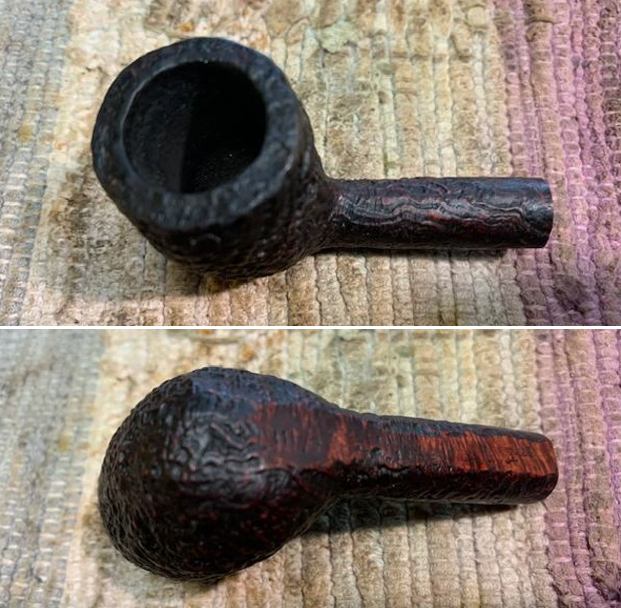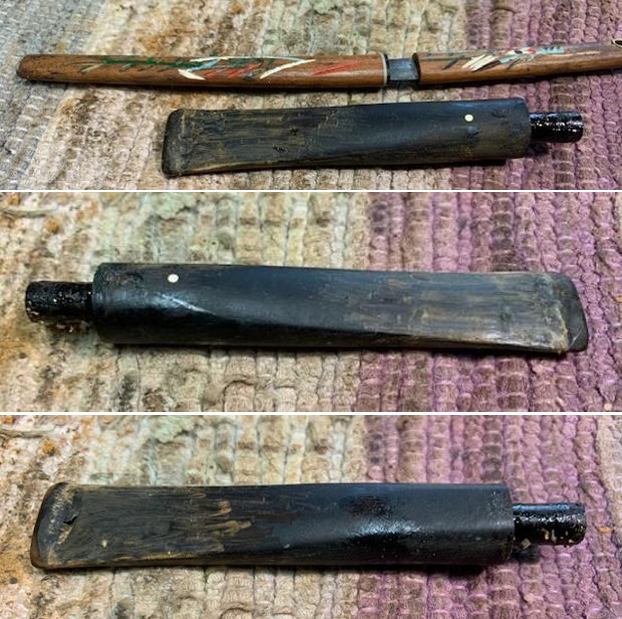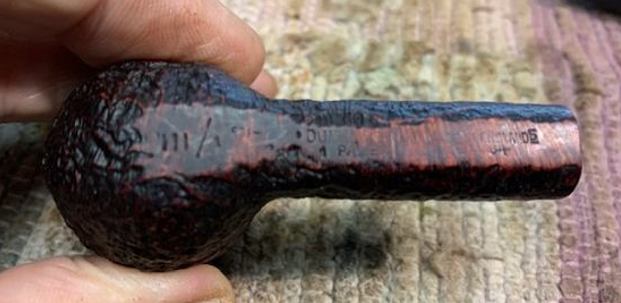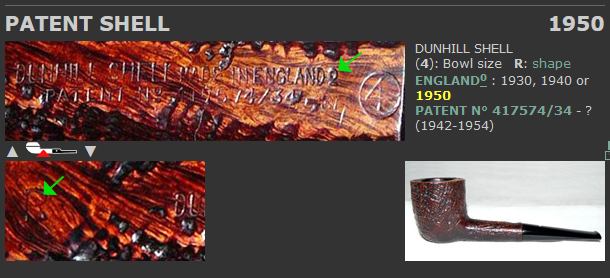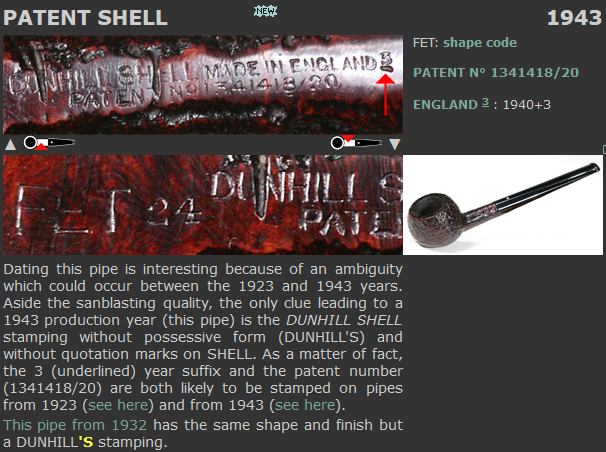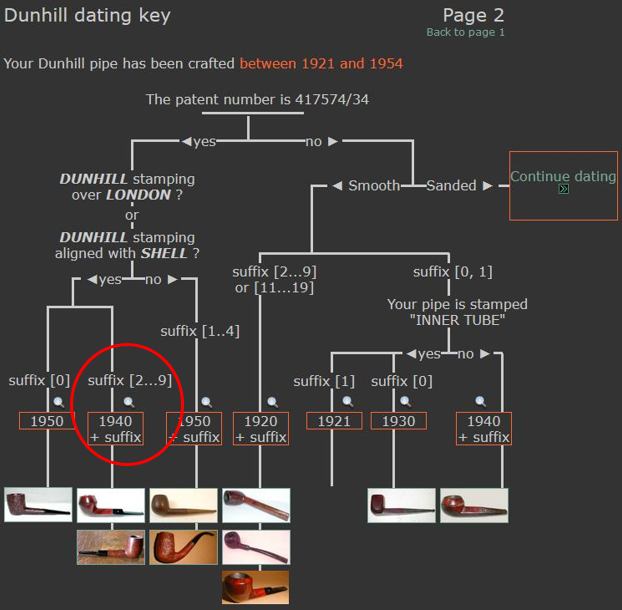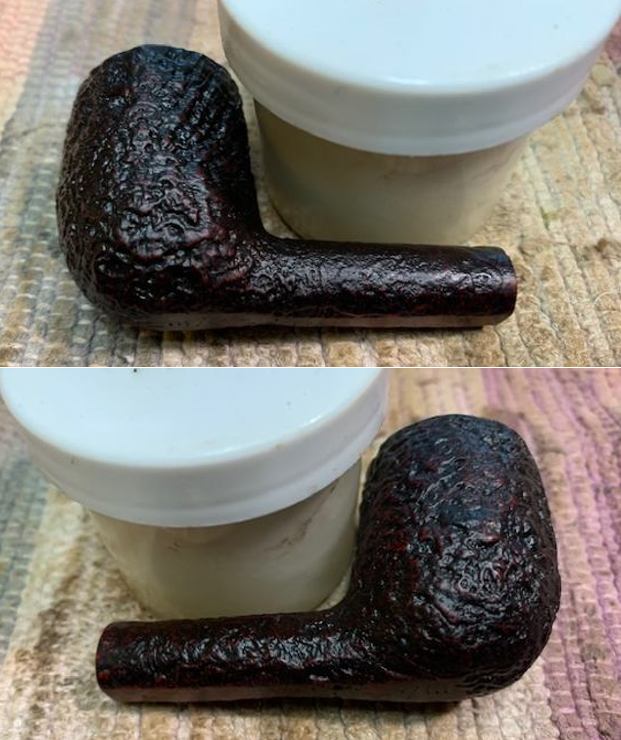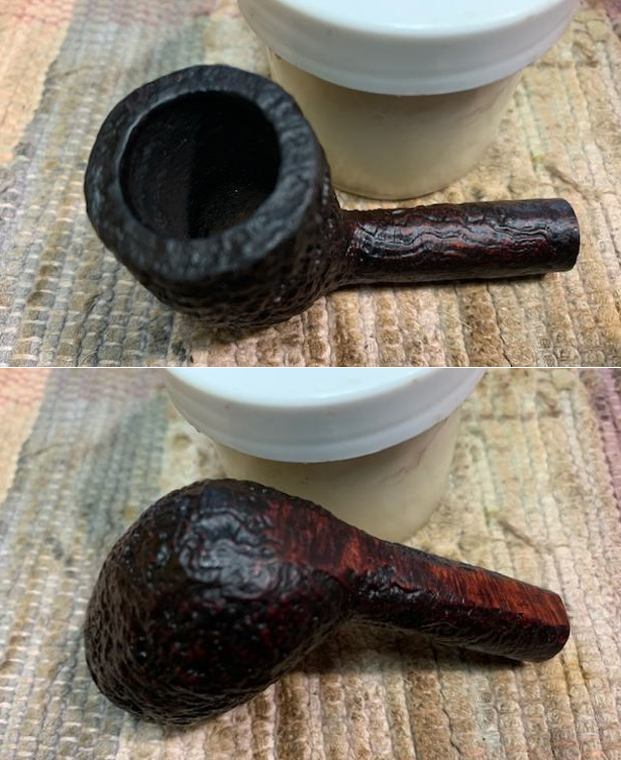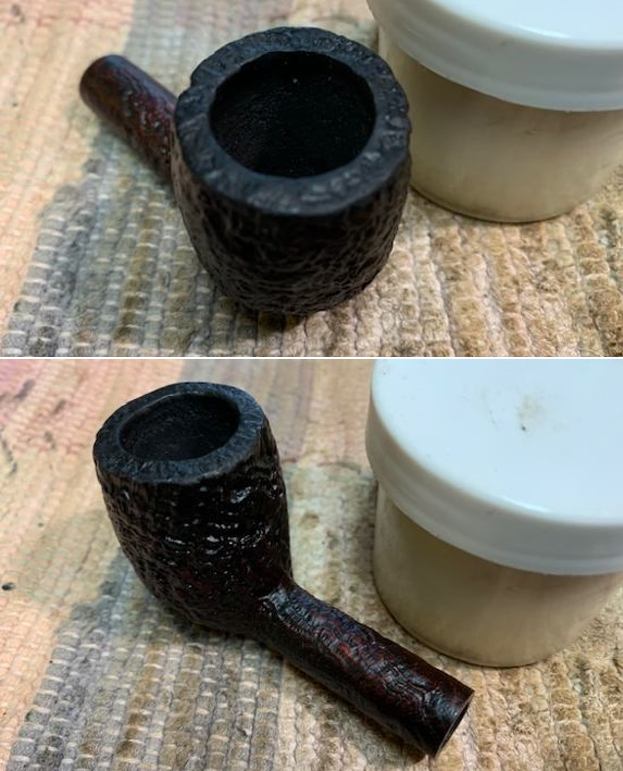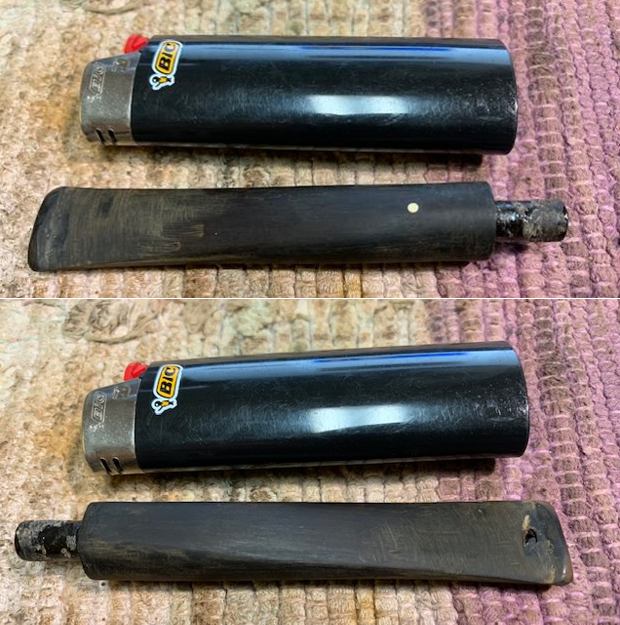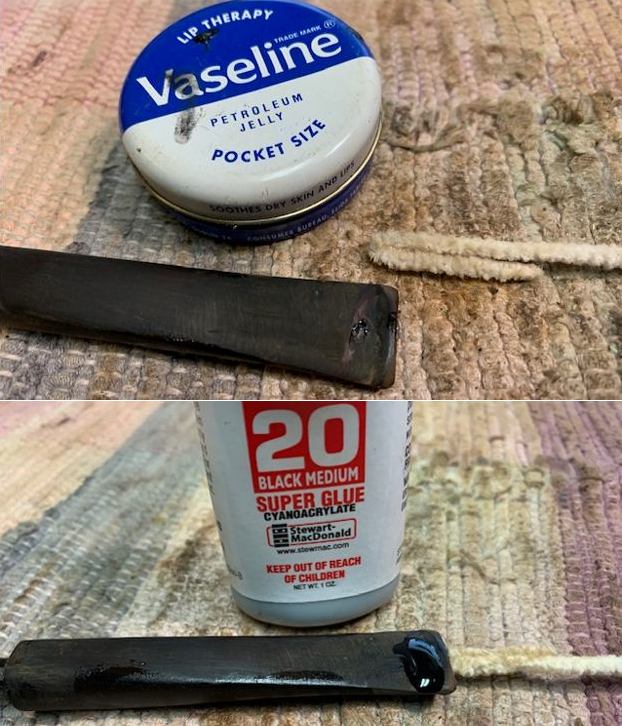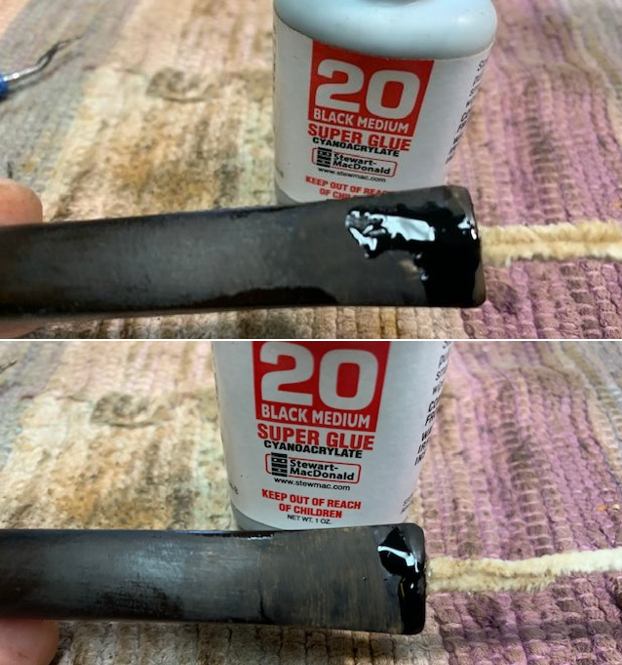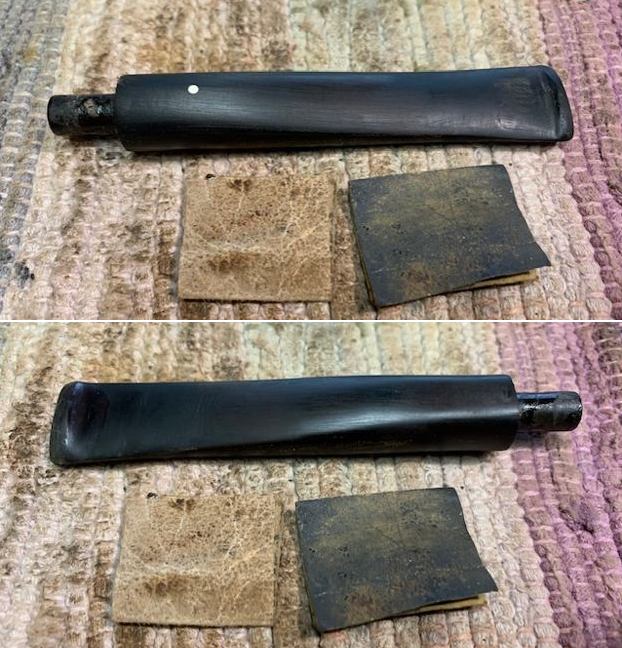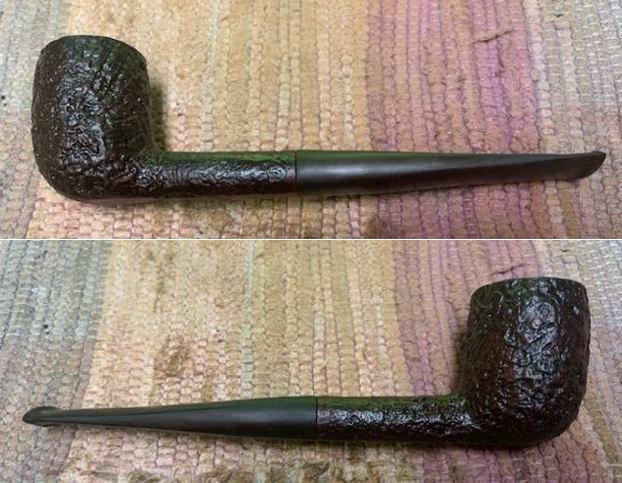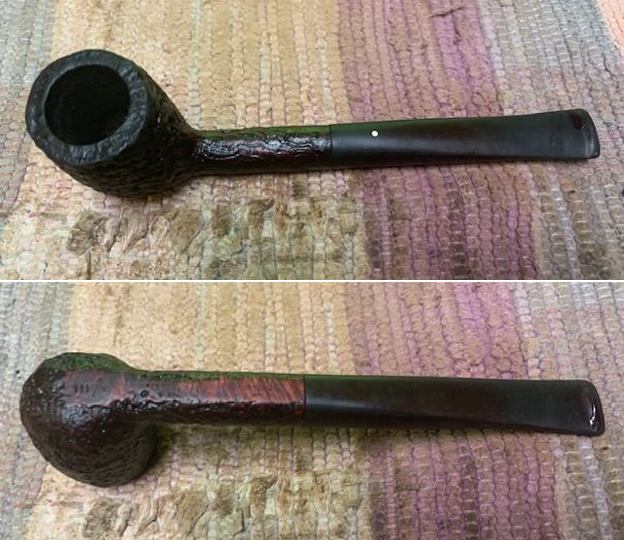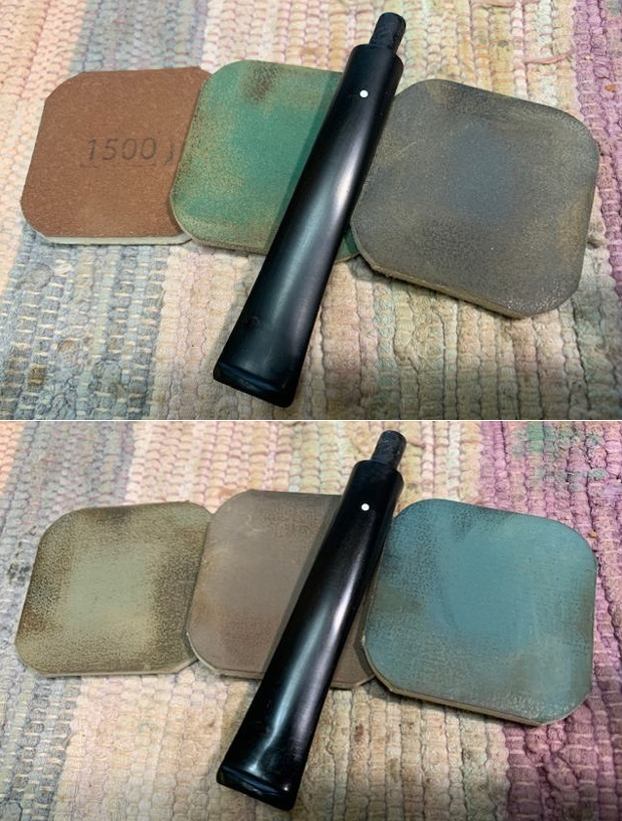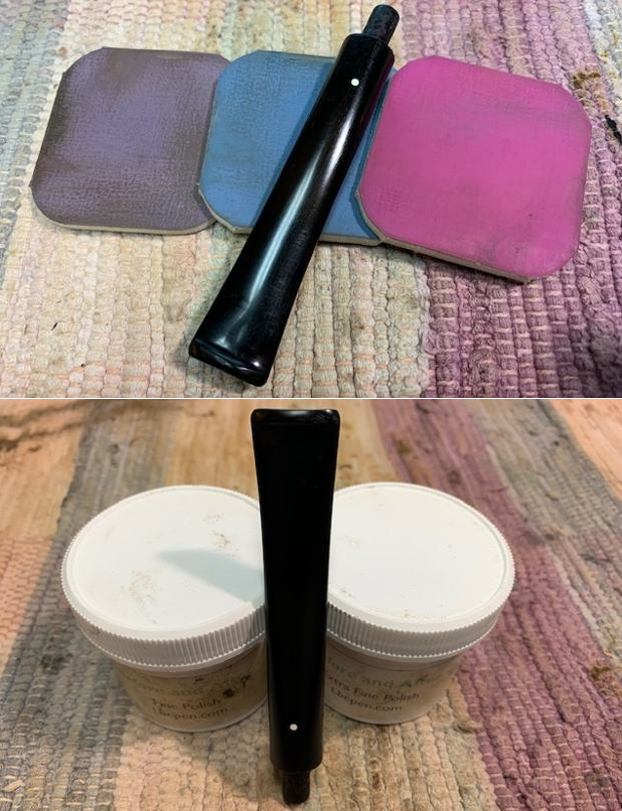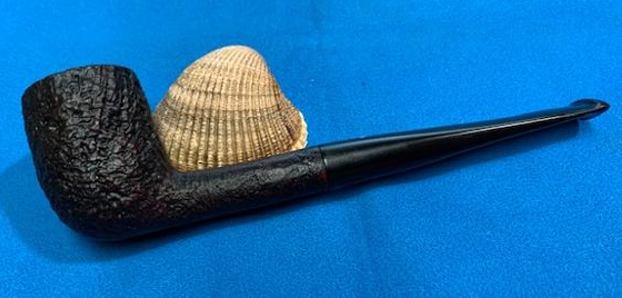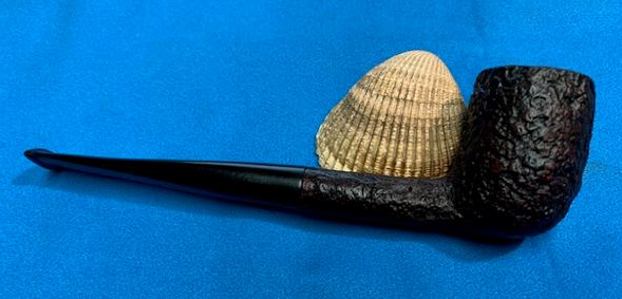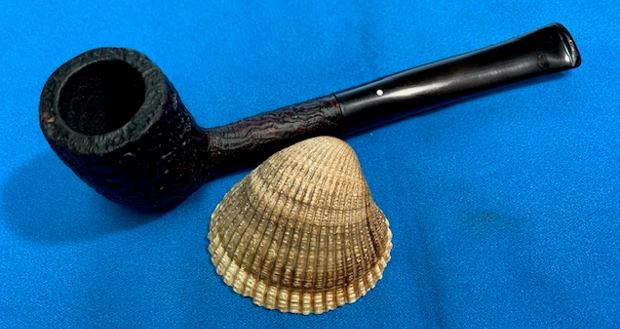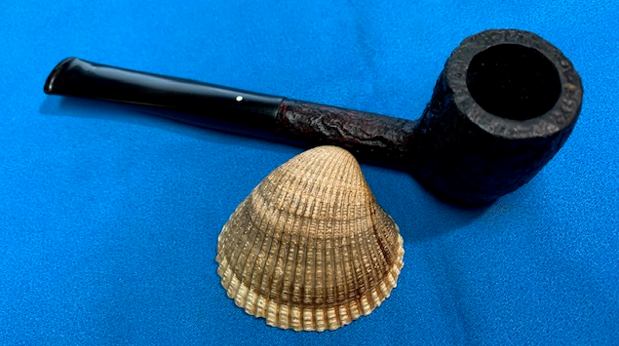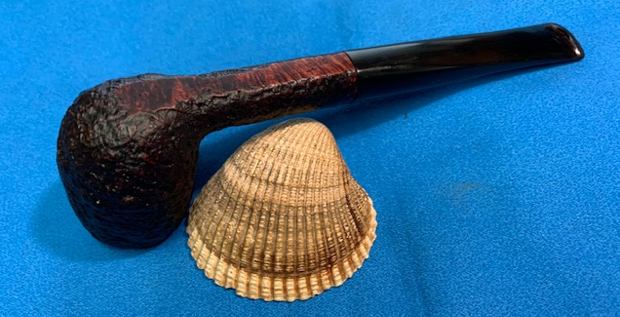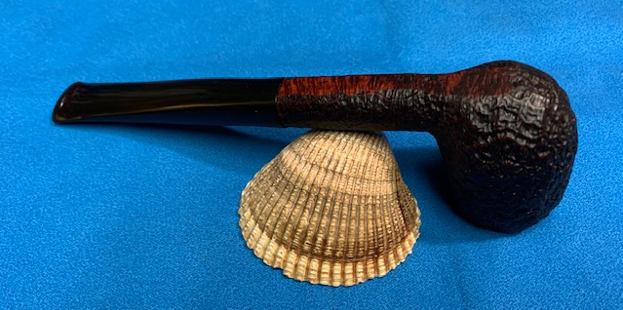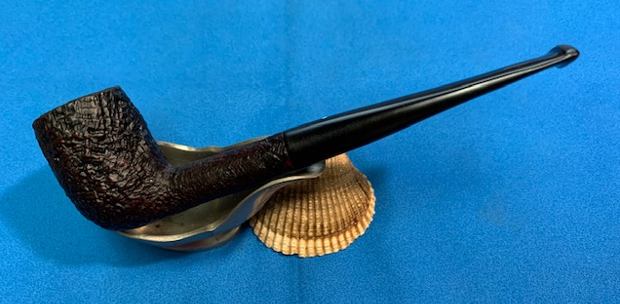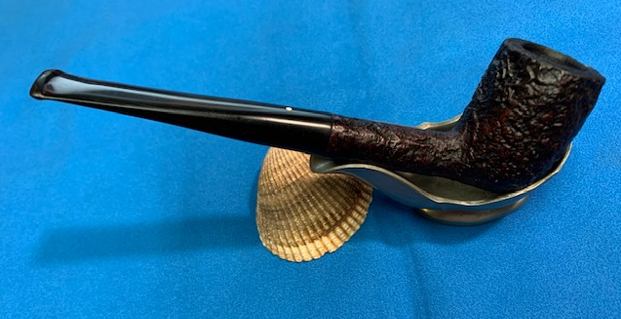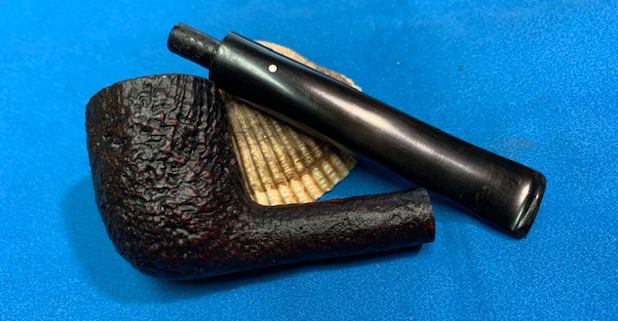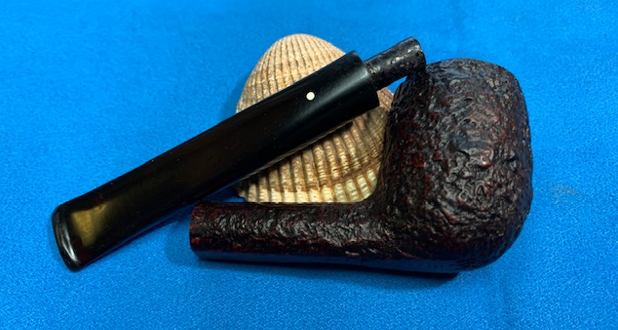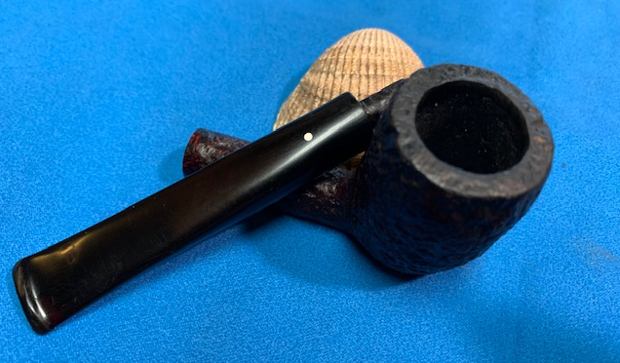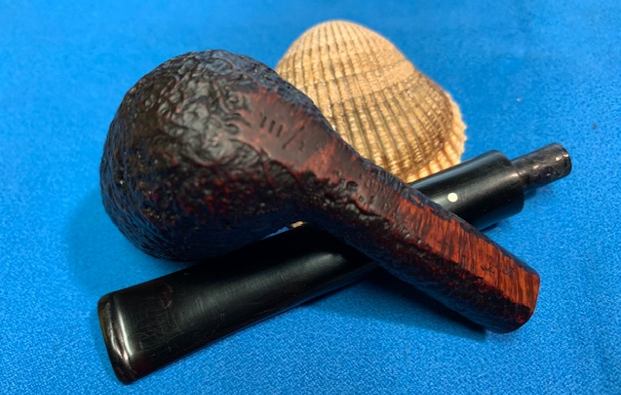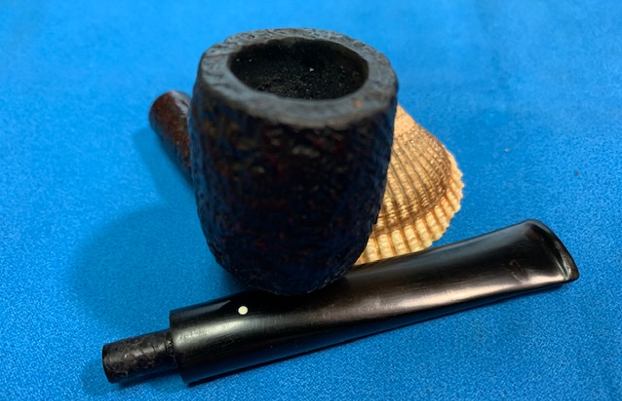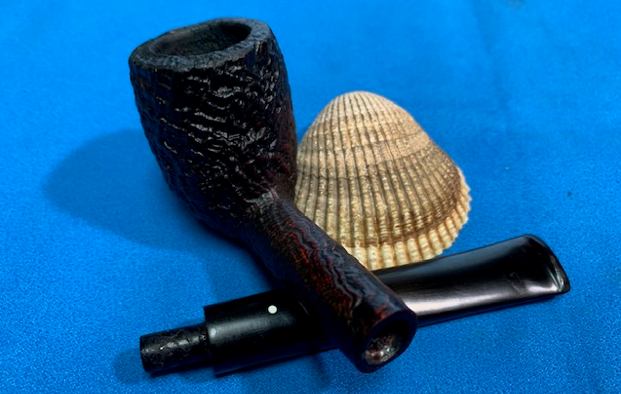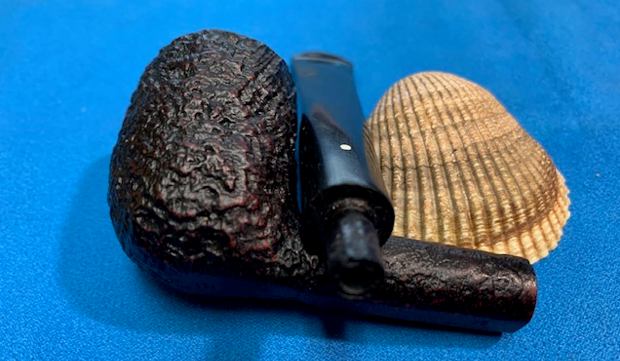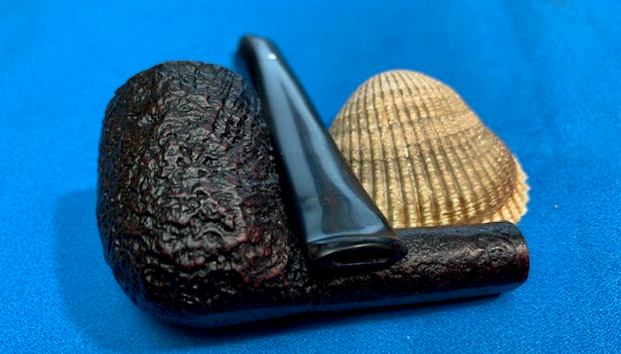By Al Jones

This is the first Kaywoodie restoration that I’ve completed in quite a few years. This one came in a group of pipes sold on Ebay. I was pretty excited when the package arrived and this one had the original, four-hole stinger intact, which would make it easy to date.
This one is a “Standard” grade in the 01 shape which Kaywoodie called the Yacht in their 1936 catalog. The stinger ball was smaller, than the older ball and it had the “Drinkless” script, but no patent number. That particular stinger was used between 1932 and 1941. Below is a page from the 1936 catalog.
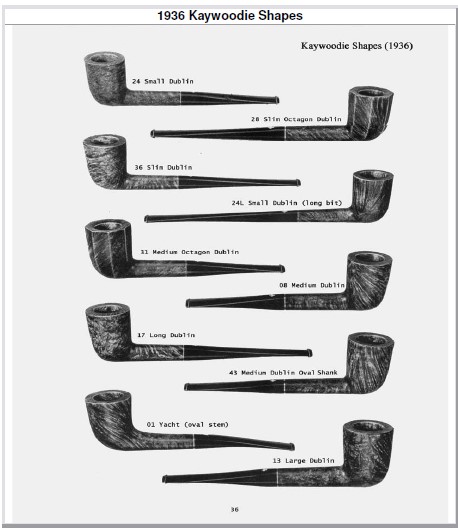
The top of the pipe had some scorching and damage. The stem was slightly oxidized and in great shape. The stem was clocked correctly. It looked like a relatively simple restoration.
I decided that the bowl top damage could best be resolved by slightly topping the pipe. I used a piece of 220 grit paper, on my flat table to remove about 1 mm of material. I think this was a good compromise without significantly altering the shape of the pipe. The bowl was then finished with 600, 800 and 1500 grit paper.
I buffed the bowl with White Diamond and several coats of carnuba wax. This brought back the finish on the bowl top so well, it wasn’t necessary to restain it.
I reamed the very slight cake from the pipe, and found that the bowl was in excellent condition . The pipe was soaked with alcohol and sea salt. Following the salt, the shank was scrubbed with a bristle brush. I used some fine steel wool to clean the aluminum stinger.
The stem was mounted and oxidation removed with 600, 800, 1500 and 2000 grade wet paper, followed by 8,000 micromesh. The stem was then polished with White Diamond and Meguiars Plastic Polish.
Below is the finished pipe, ready for another 80 years of service.

